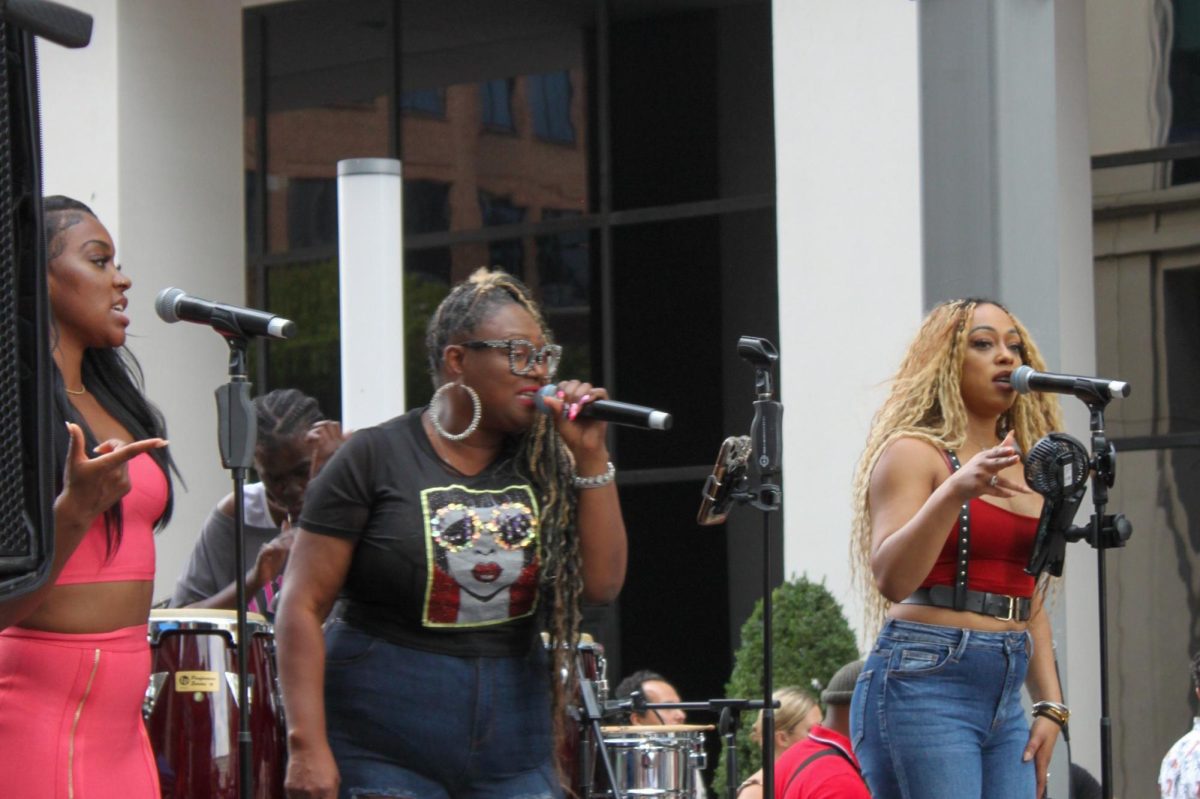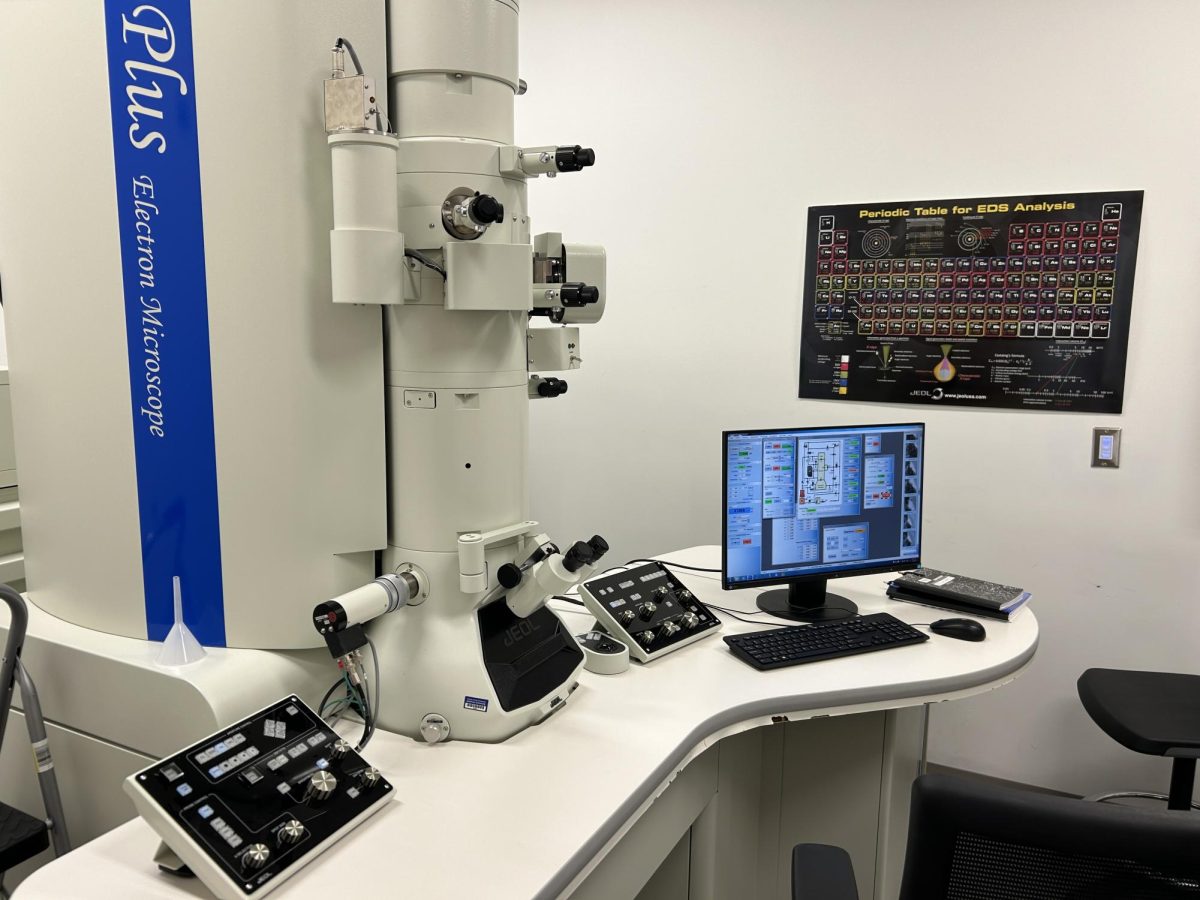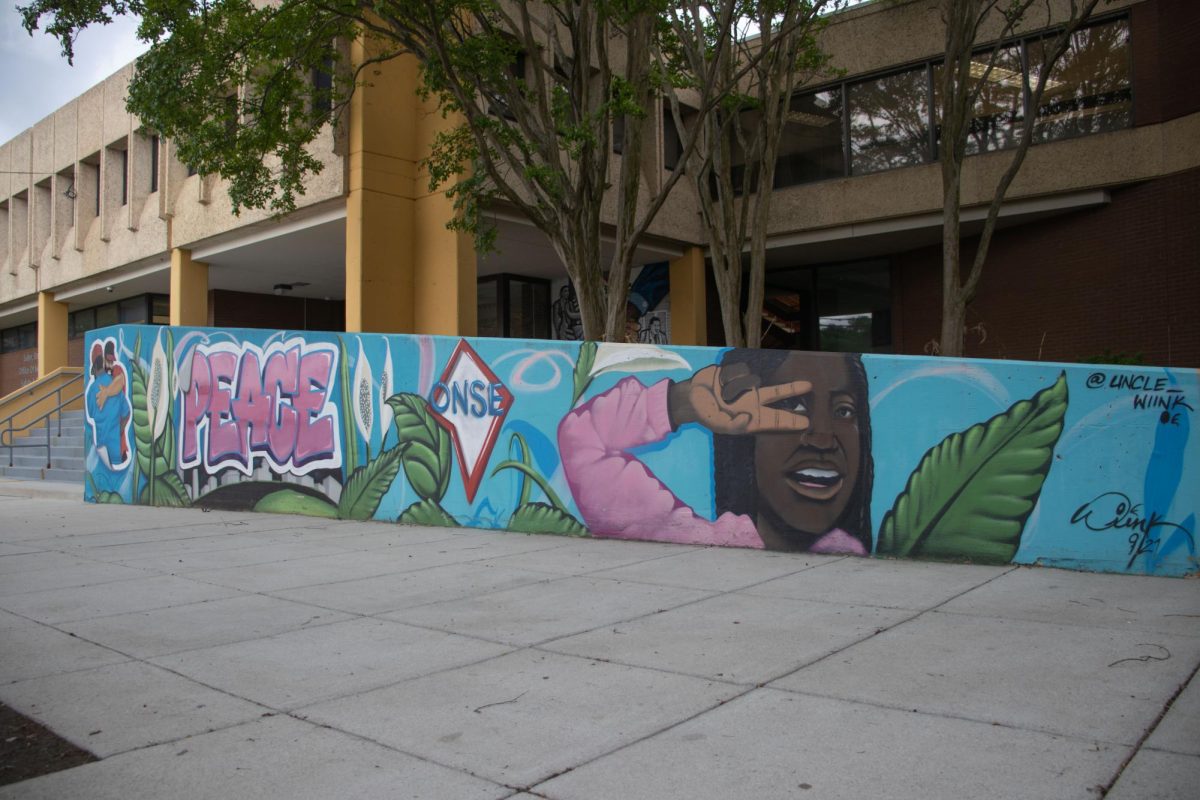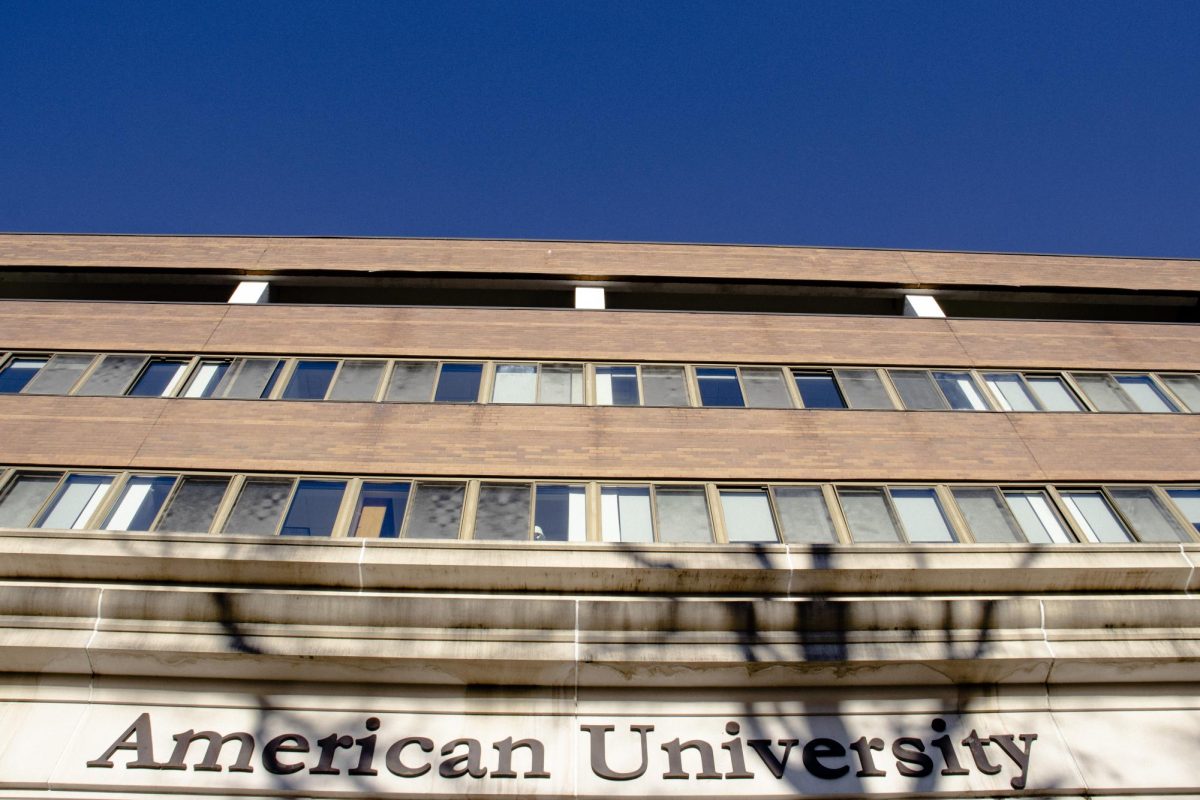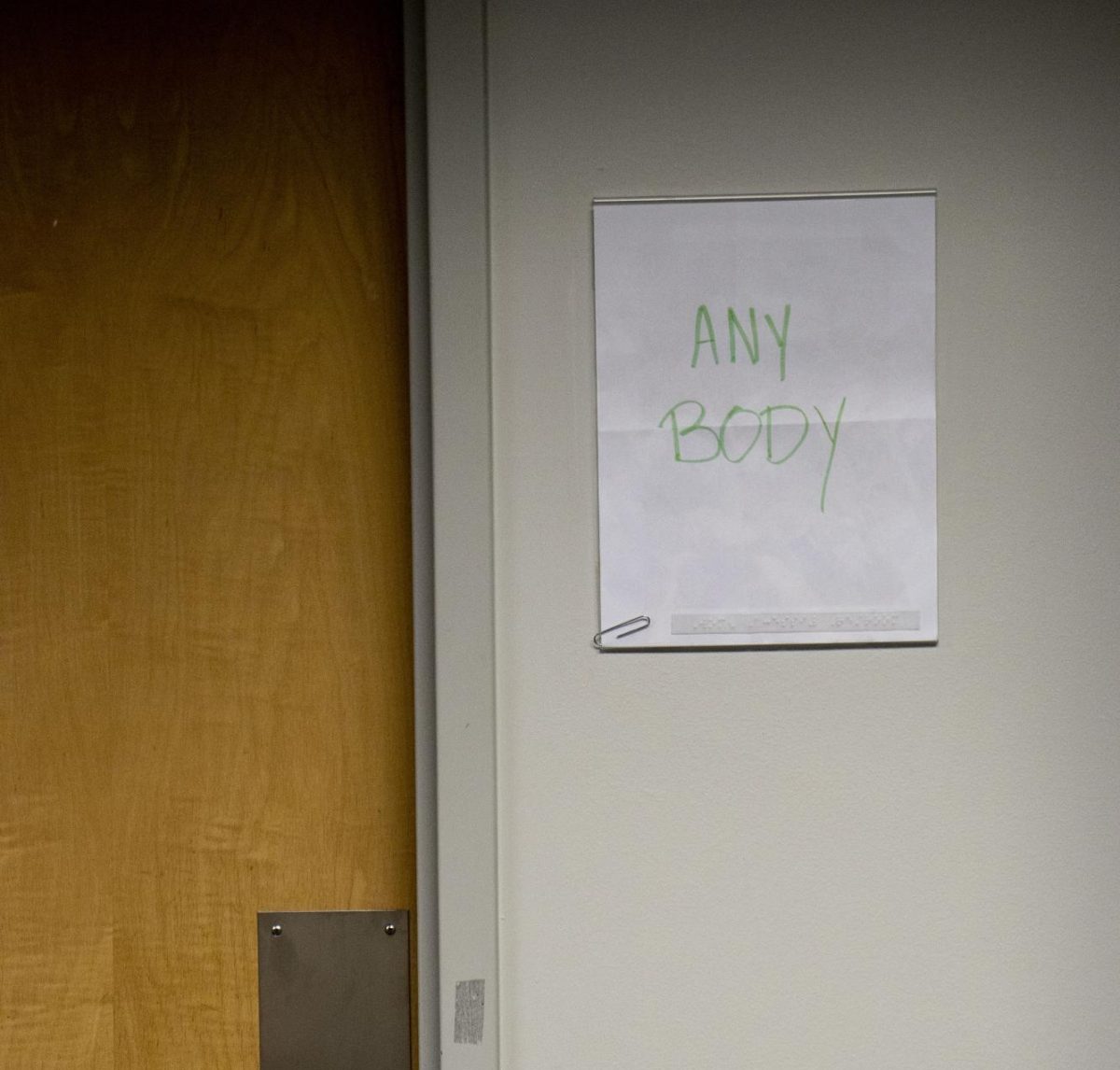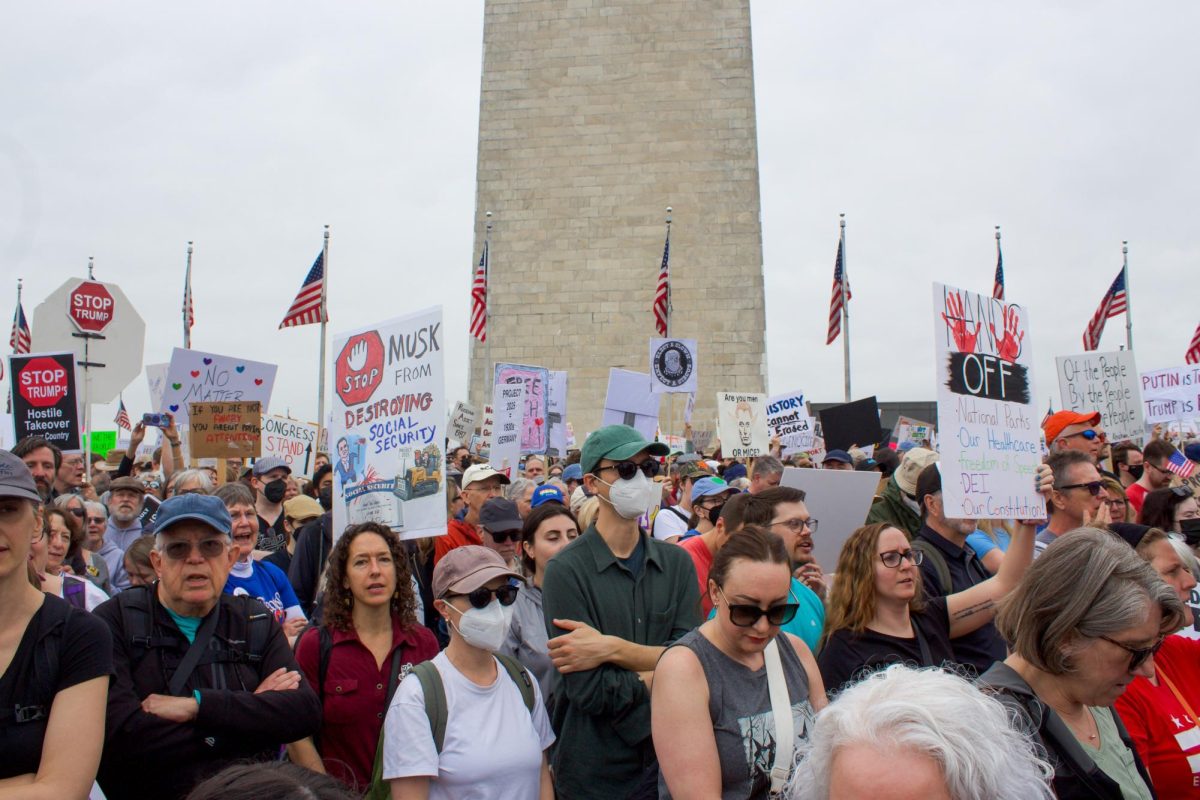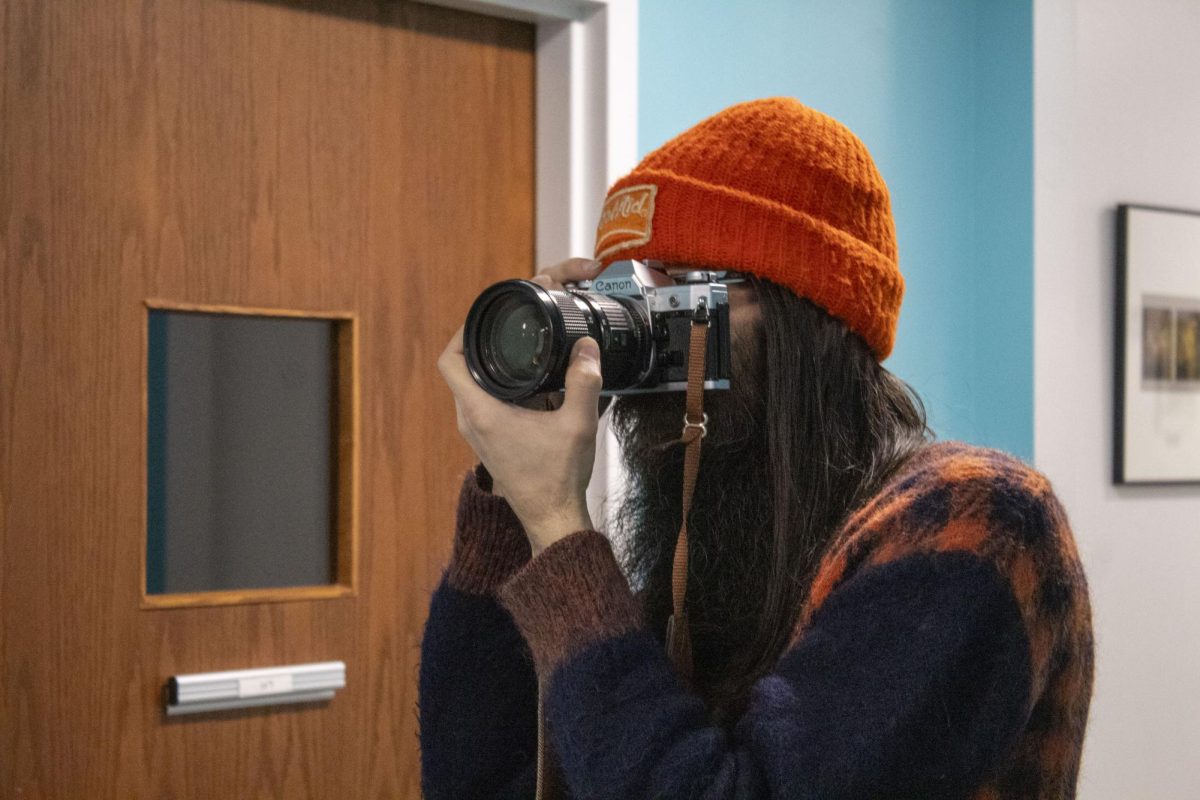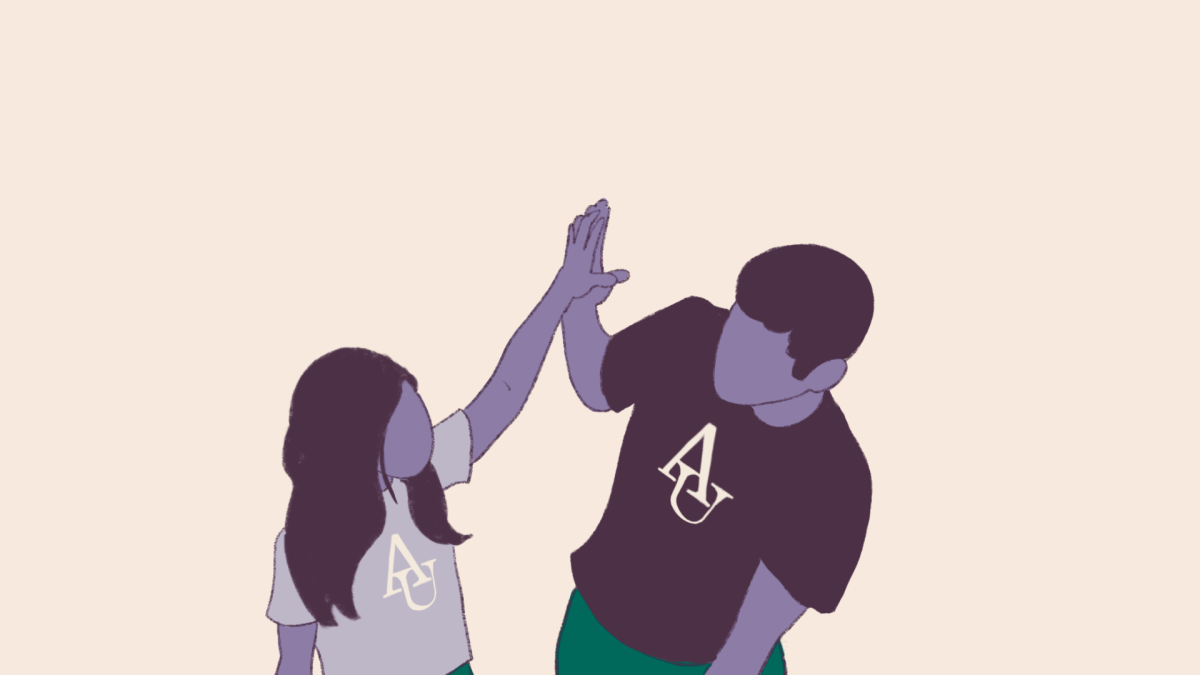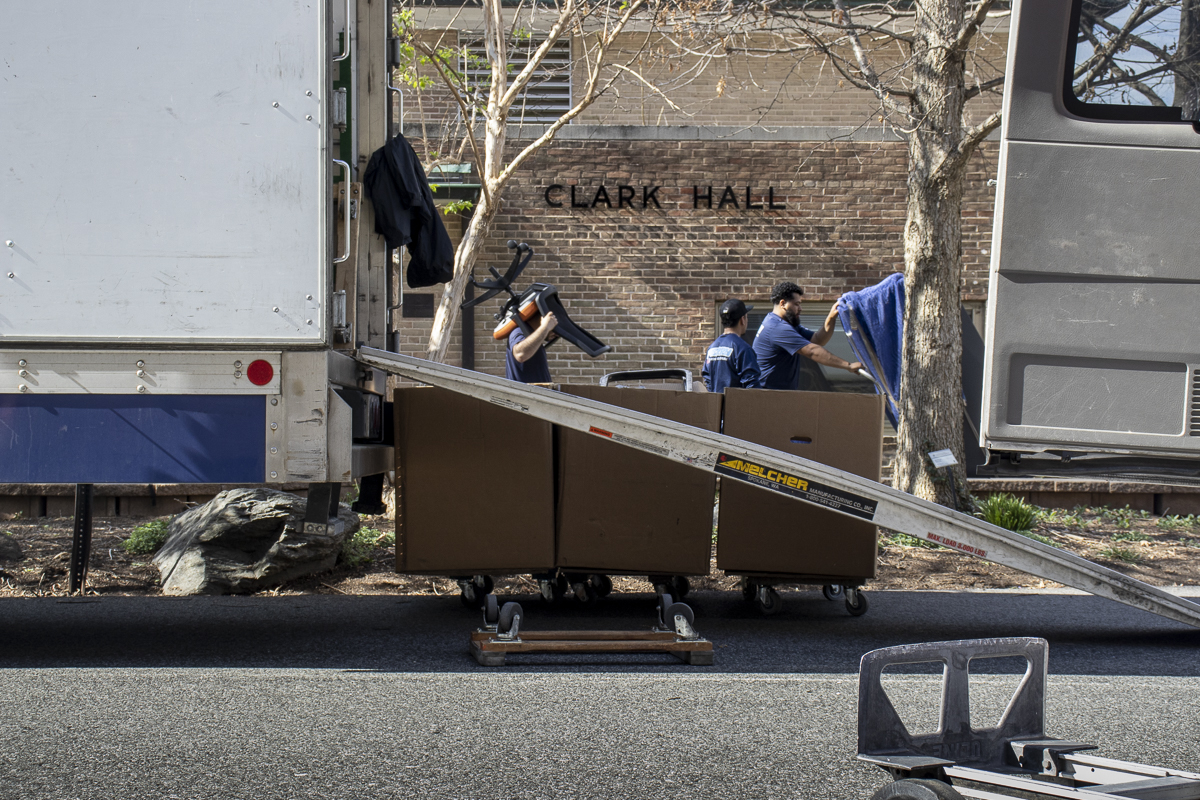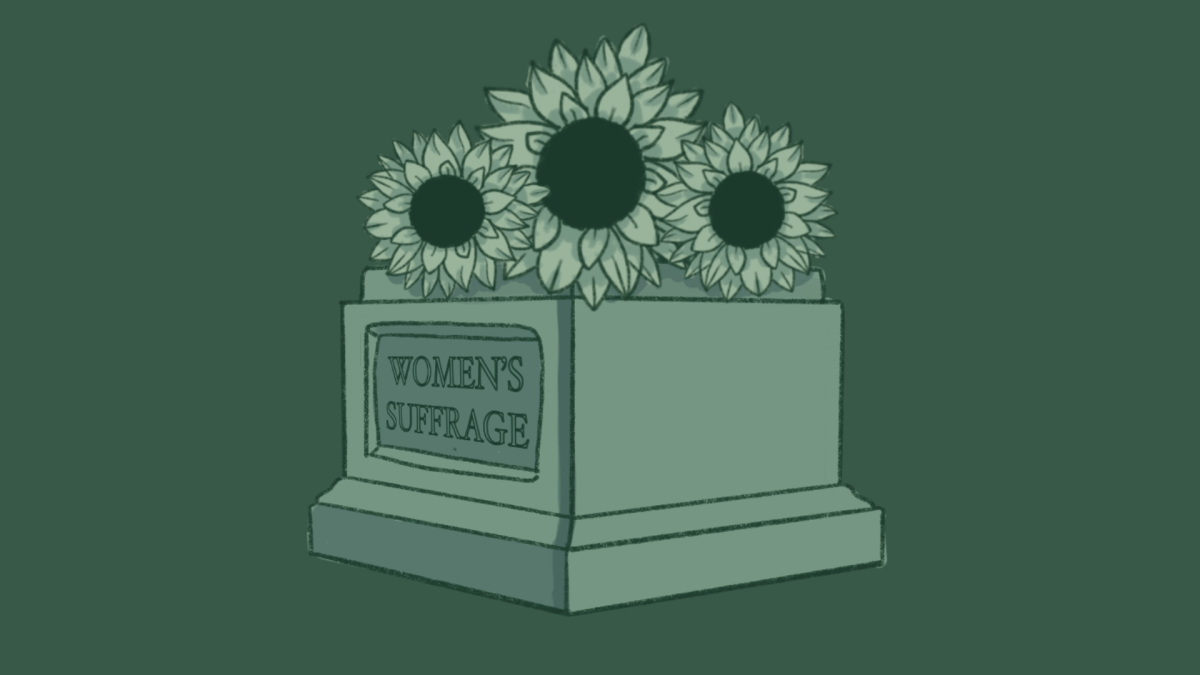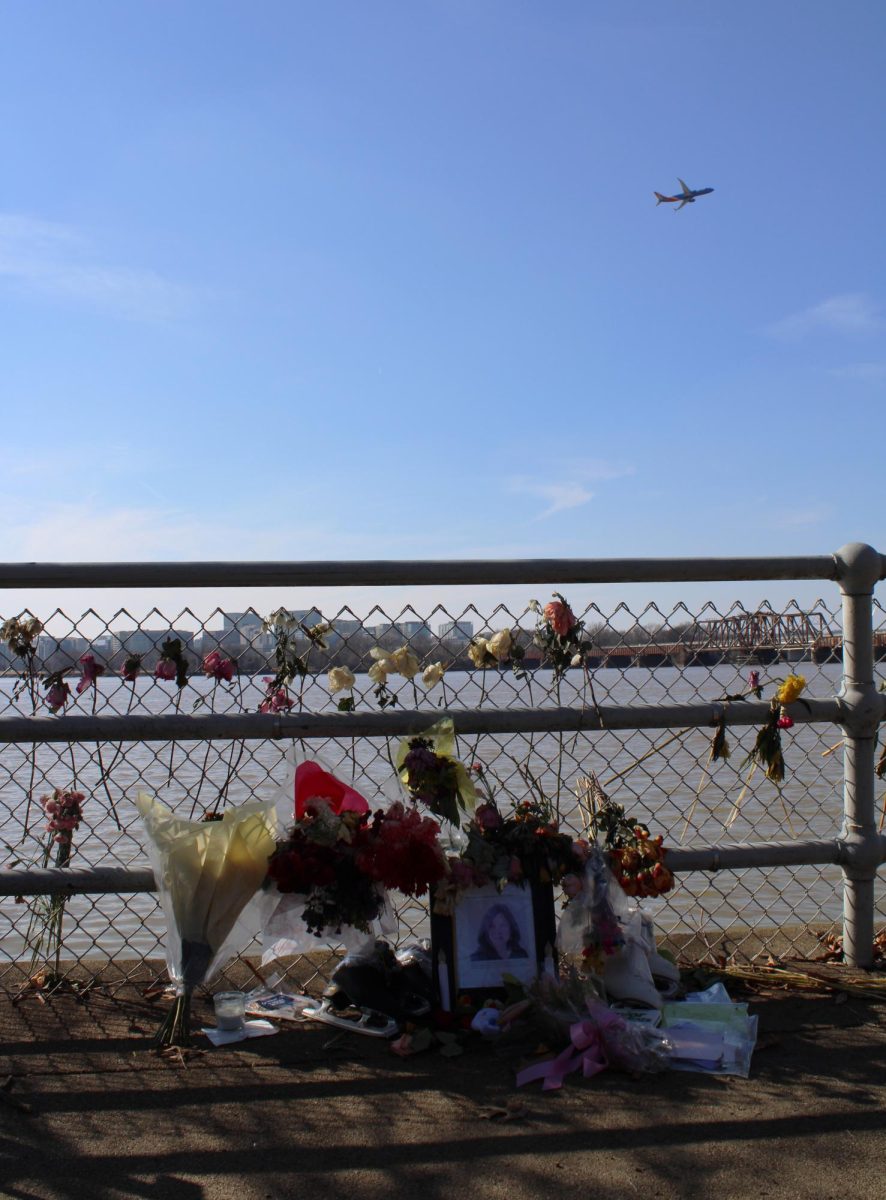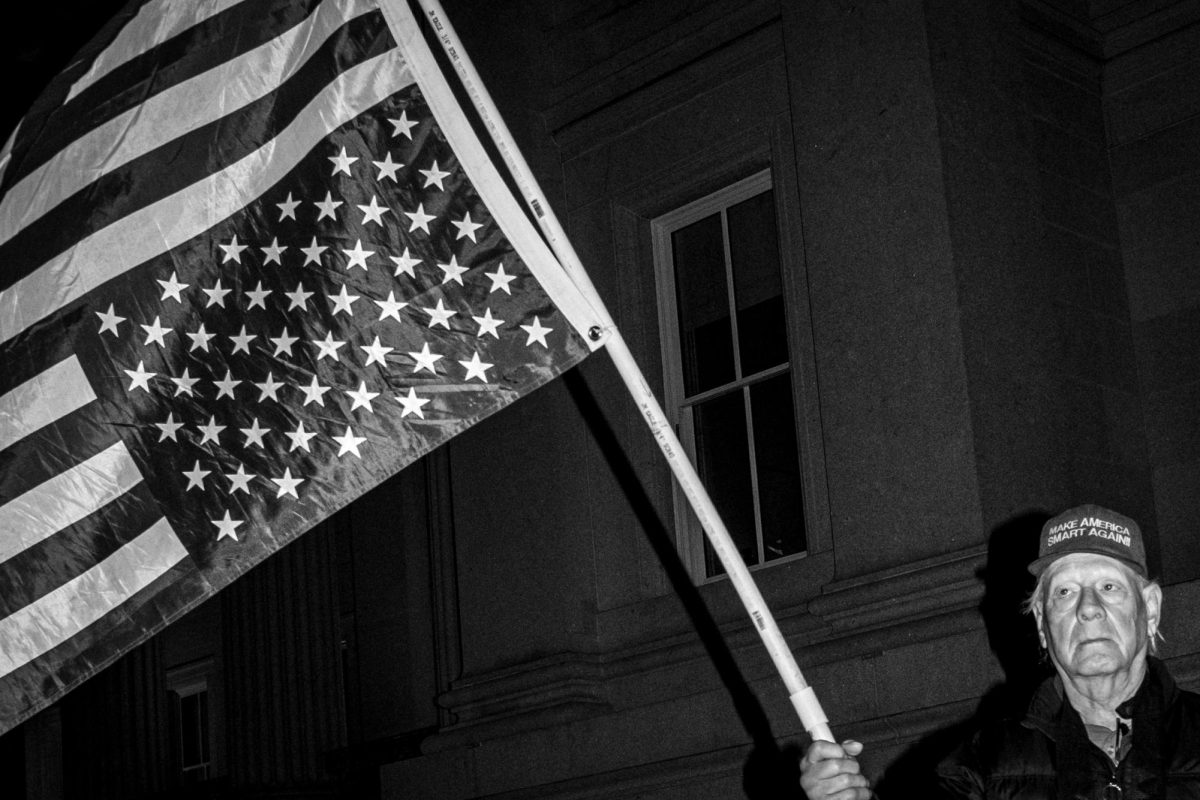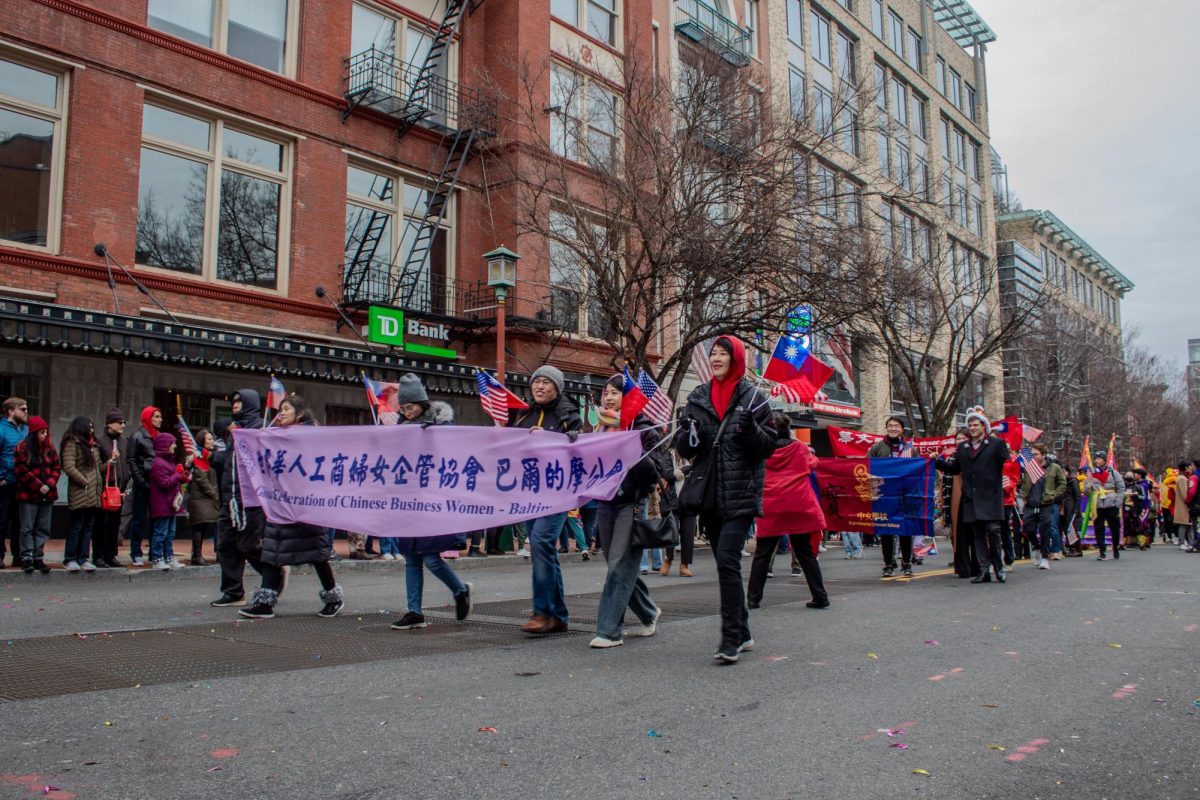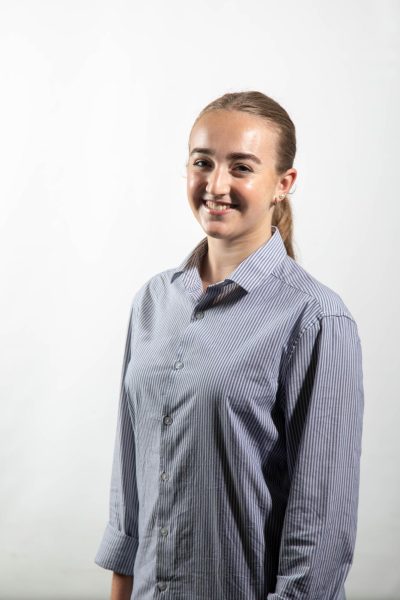Civil War veterans, legislators from the Reconstruction Era, Black artists and some of the first Black doctors in the country are just a few of the people buried in Washington’s historic Woodlawn Cemetery.
“The people who are in our cemetery are placed in the history books that people are speaking about,” said Antoinette White-Richardson, the president of the Woodlawn Cemetery Perpetual Care Association.
Woodlawn Cemetery, located in Benning Ridge, is now one of the last standing historic Black cemeteries in the Washington area, White-Richardson said. The cemetery’s legacy, she said, is integral to the district’s history.
However, Woodlawn has fought to maintain its funding, upkeep and community recognition as it operates almost entirely by volunteers, White-Richardson said. She said some of the cemetery’s headstones are damaged, and the land is eroded and unstable. Some of the graves have even been buried.
A proposed D.C. Council bill would establish a fund to recognize and preserve Woodlawn and Washington’s other three remaining historically Black cemeteries. Leaders of the cemeteries said the bill, named the “Historic African American Burial Grounds Preservation Fund Amendment Act of 2025,” would help maintain the lands and educate people on the history of the cemeteries. If passed, it would also fund documenting and moving the remains of deceased Black people buried at formerly Black burial sites.
The bill, sponsored by Councilmember Kenyan McDuffie, refers to Woodlawn and the other three remaining historically Black cemeteries — the Mount Zion Cemetery, the Female Union Band Society Cemetery and the Union Burial Society of Georgetown Cemetery — by name.
Doni Crawford, director of the Committee for Business and Economic Development, said McDuffie was unavailable for an interview.
Like Woodlawn, the Mount Zion Cemetery and the Female Union Band Society Cemetery are key pieces of Washington’s Black history, said Lisa Fager, the executive director of the Black Georgetown Foundation. Mount Zion, founded in 1808, and the Female Union Band Society, founded in 1842, share land in historic Georgetown, according to the National Park Service’s page for the land. Both have served as the final resting place for free and enslaved African Americans since they were founded, Fager said.
The cemeteries are two of the oldest in the area and once held a piece of the Underground Railroad, said Neville Waters, a trustee of the Female Union Band Society Cemetery and a descendent of several who are buried there.
Both cemeteries, along with Woodlawn, have suffered issues from eroded, unstable land. Fager and Marjorie Kinard, the chairman of Woodlawn’s volunteer program, said the erosion arose from natural causes, like Washington’s 2011 earthquake, and from human-induced sources, like the city’s stormwater management, which often floods into the cemeteries’ lands.
At Woodlawn, a past attempt to correct the land erosion led to more issues, Kinard said. After a request from Woodlawn, local government workers deposited the additional soil at the cemetery but did not properly disperse it, Kinard said.
“There are some tombstones that we never have been able to recoup because they’re under soil,” Kinard said.
Fager said historically Black cemeteries often do not receive the same federal funding due to a lack of infrastructure, which stems partly from past racial inequities. She said Oak Hill Cemetery, the burial ground neighboring Mount Zion and Female Union Band Society land, was incorporated by Congress. The incorporation allowed them to begin receiving the appropriations for upkeep and preservation that remaining Black cemeteries do not qualify for, she said.
The namesake of the fund, Paul E. Sluby Sr., was a major advocate for the preservation of African American burial grounds, said Lauret Savoy, a professor at Mount Holyoke College and a descendant of those buried in both the Mount Zion and Female Union Band Society cemeteries. Sluby was also notably the first board certified African American genealogist, Savoy said.
“He did more than any one really, to preserve the memory of burial grounds in this region that have been neglected or forgotten by others,” Savoy said. “So I think it’s wonderful, and very appropriate, that the preservation fund be named after him.”
Today, the Black Georgetown Foundation is one of the organizations that continues these efforts.
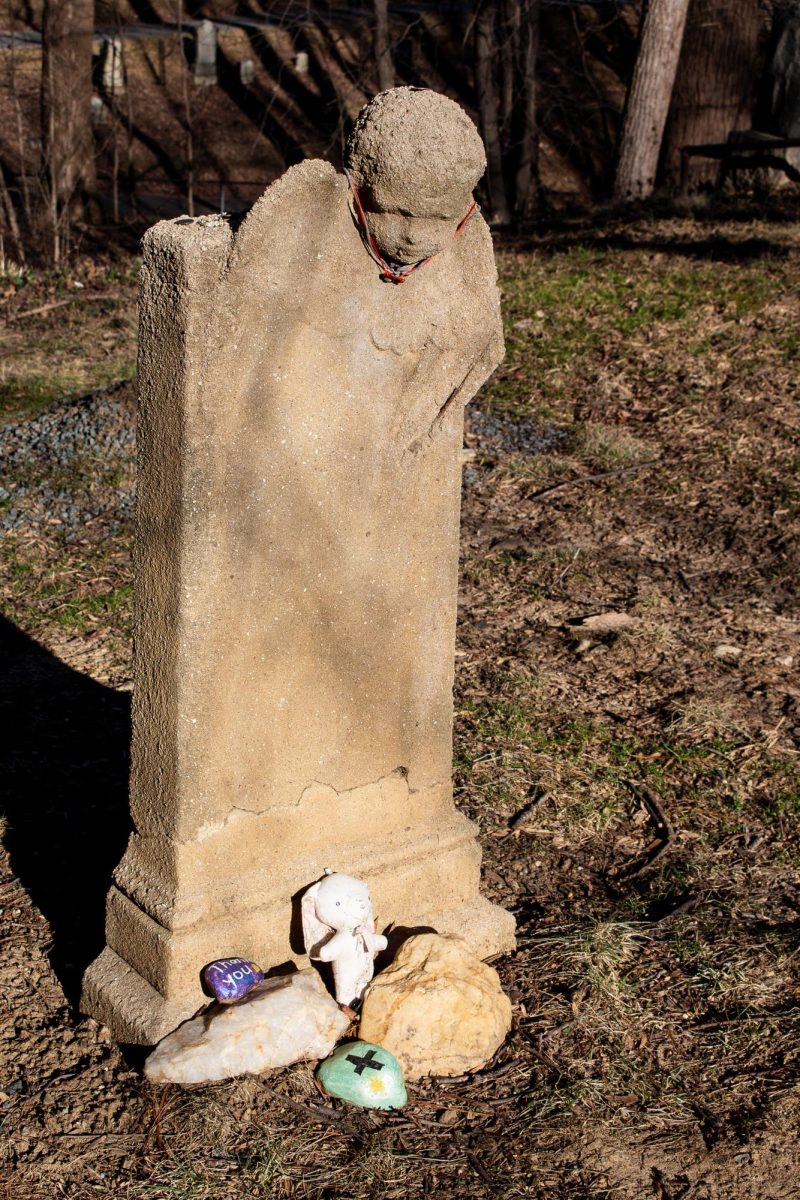
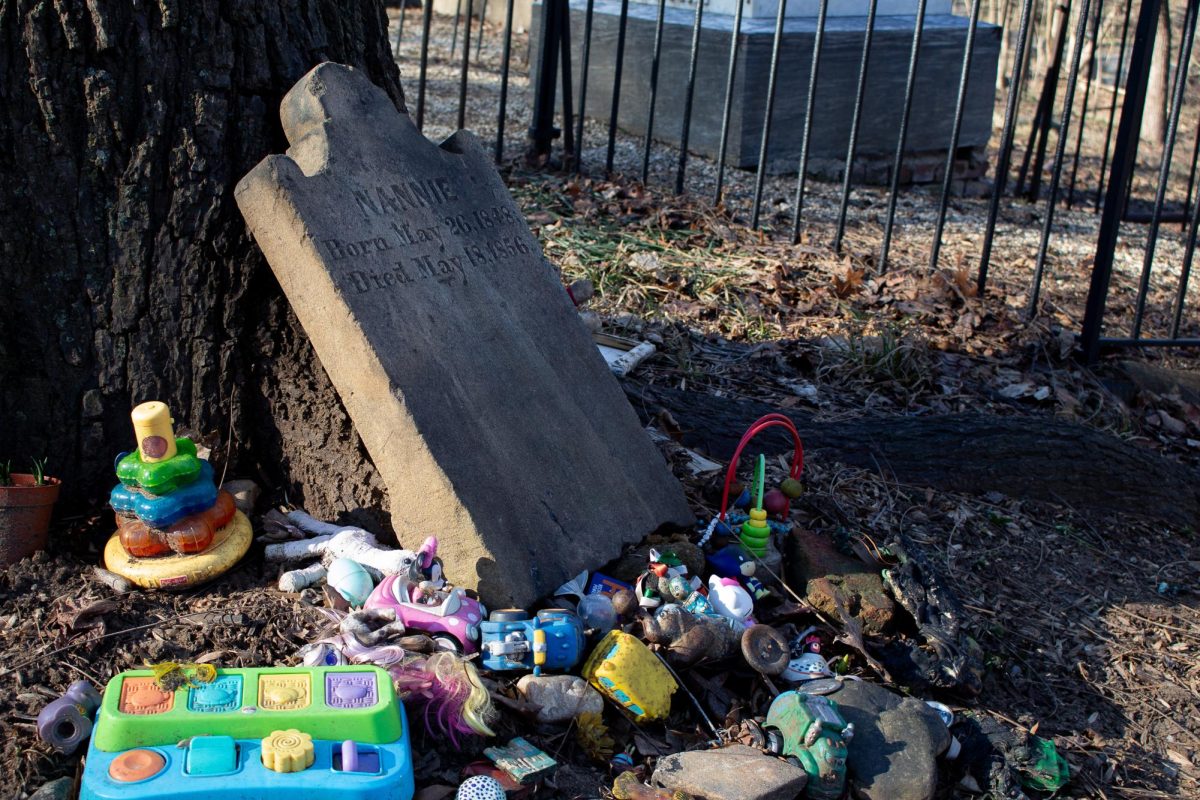
Fager said its advocacy has spanned more than five decades, organizing community cleanups and educational tours. Her own work has also included development of the “Ancestral Spaces: People of African Descent at Tudor Place” installation and participation in the upcoming “51 Steps to Freedom” display, an interactive virtual city tour.
“These cemeteries stand for more than just a resting place,” Fager said.“They’re sacred sites that basically tell stories of generations of Black Washingtonians and others.”
Community awareness about the historical significance of the cemeteries, though hard to generalize, is hit-or-miss, White-Richardson said. While some understand the vitality of protecting these spaces, other residents know little about the history of Black cemeteries or culture in the city.
“They know it’s a physical cemetery, but they might not know the importance because of the people who are there,” White-Richardson said.
But Fager said some of her biggest supporters are residents of Georgetown and the surrounding areas, including local historical societies and volunteers.
The Woodlawn, Mount Zion and Female Union Band Society cemeteries are run almost entirely by volunteers. In total, Fager said there are around 200 volunteers involved in caring for the cemeteries, from assisting in cleanup efforts to leading tours to conducting historical research.
“I mean, everyone’s a volunteer at this point because resources and funding are really not there,” Fager said.
At Woodlawn, volunteers include members of the Freemasons, local Scouting America troops and a collection of sorority chapters known as the Woodlawn Collaborative Project, White-Richardson said. The volunteers are also involved in a similar mix of physical maintenance and historical research.
“It’s almost 100% of everything we do,” White-Richardson said.
Kinard said members of the Woodlawn Collaborative Project are from 17 local chapters of the Alpha Kappa Alpha and Delta Sigma Theta sororities and meet once a month. They work with Woodlawn directors to increase public interest, news coverage and government attention, she said.
The cemetery’s reliance on volunteers and lack of consistent, guaranteed funding is part of the reason the proposed bill matters so greatly to these sites, White-Richardson said.
“If we didn’t have to worry about the general physical upkeep, we could probably spend a little more time and money on having more people come in and have programs,” White-Richardson said.
With the chance of more consistent funding and increased recognition, the list of goals for the future of the cemeteries is long. Both Fager and White-Richardson said the top priority, however, is recovering the land that the cemeteries rest on.
“Security, safety, stability would be the first things that I would tackle with funding,” Fager said.
Once the land is secure, both cemetery heads said they feel their horizons could then open up to increasing education, awareness and visitation for the properties.
White-Richardson said her hopes include having Woodlawn more frequently open to the public, hiring a staff member to more regularly coordinate activities with other cemeteries still in the area and creating more clear, visible signage that includes the history of the cemetery.
Fager said she wants to get the Mount Zion and Female Union Band Society cemeteries back on the district maps, as well as clarify the borders between the cemeteries’ land and surrounding properties. Savoy said she sees the possibility for new educational programs at the Mount Zion and Female Union Band Society cemeteries. She said those programs would be instrumental in keeping new generations involved in the history of the city.
“So what I see with this bill is a chance not only to honor, preserve, protect, enhance and recognize the burial grounds, but also a chance to elevate the sense of how the African American history in this city is a large part of the city’s history itself,” Savoy said.
Waters, the Female Union Band Society Cemetery trustee, said he was hopeful for the future of the bill but wary to place his full trust in it. His father spoke at a town hall meeting in the 1970s in support of government aid for conserving historic sites, he said. Listening to the recording of the past town hall reminds Waters of the current advocacy.
“I say all that to say that, you know, here we are 50 years later, and that hasn’t materialized,” Waters said.
Having the bill discussed publicly will help raise awareness, he said.
“Ultimately, it’s very important that awareness is backed by both public and financial support,” he said.
The hearing for the bill was set for March 19, according to the public hearing notice from the D.C. Council. Many community supporters of the Black Georgetown Foundation and Fager’s work testified in favor of the bill, Fager said.
If approved, the fund would be administered to the Office of the Deputy Mayor for Planning and Economic Development, according to the official proposal. As of March, the bill is under review.
Kinard said no matter how funds would be assigned to the different sites, the bill would be an asset. To her, these burial grounds are more than just gravesites. It is essential to recognize them as such, she said.
“These are sacred spaces and they deserve to be, to live, and to thrive and to look good,” Kinard said. “So that when we want to go and see our relatives, we can go into a situation that is something prideful.”
This article was originally published in Issue 36 of AWOL’s magazine on April 15, 2025. You can see the rest of the issue here.
Editing by Julia Cucchiara, Ava Ramsdale, Ben Austin, Will Sytsma, Bailey Bish, Kalie Walker, Stella Camerlengo, Caleb Ogilvie, Grace Hagerman and Alexia Partouche.



